Burning craters, desert yurts and martian cliffs: a raw overland route across Central Asia’s forgotten corners of Turkmenistan and West Kazakhstan.


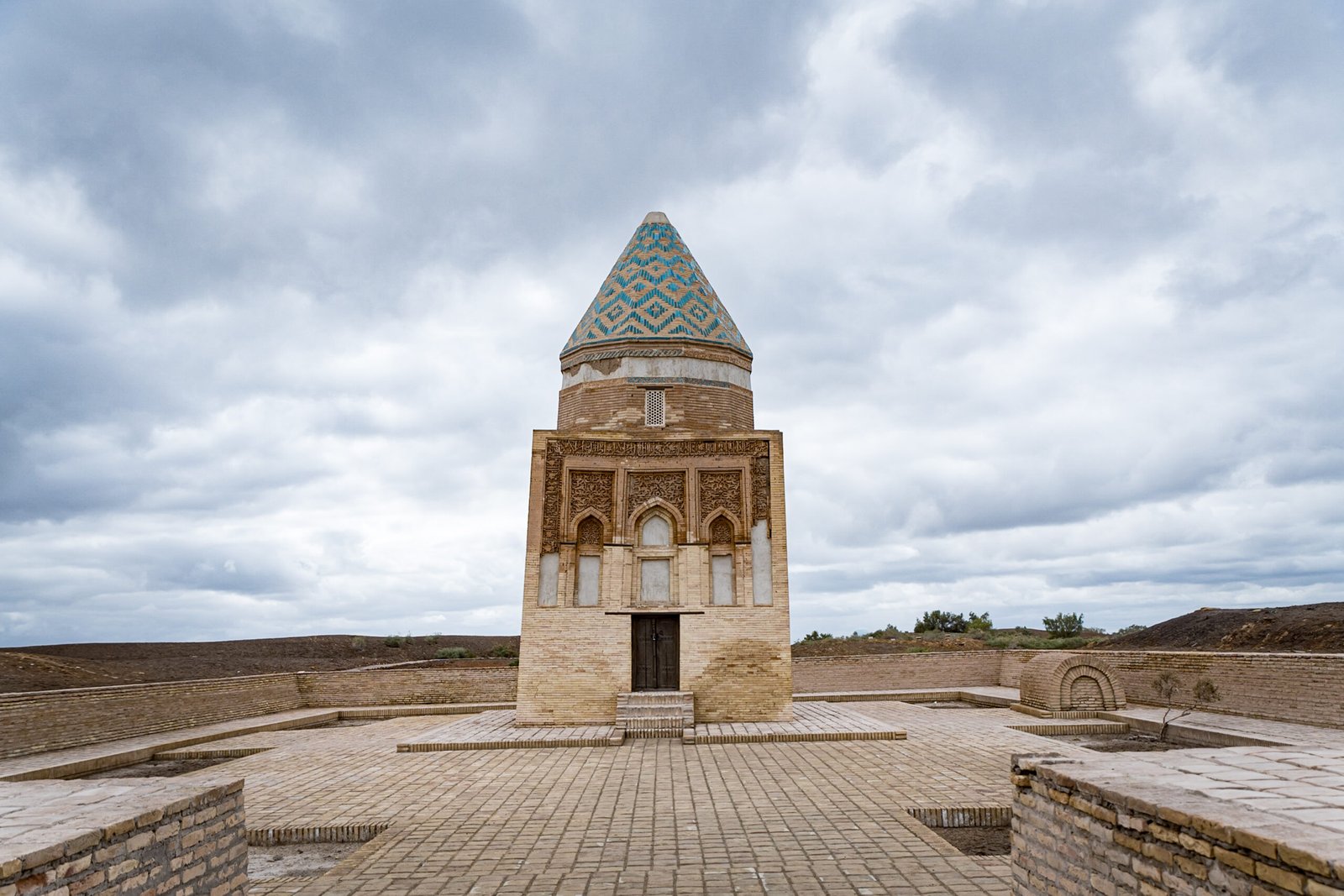



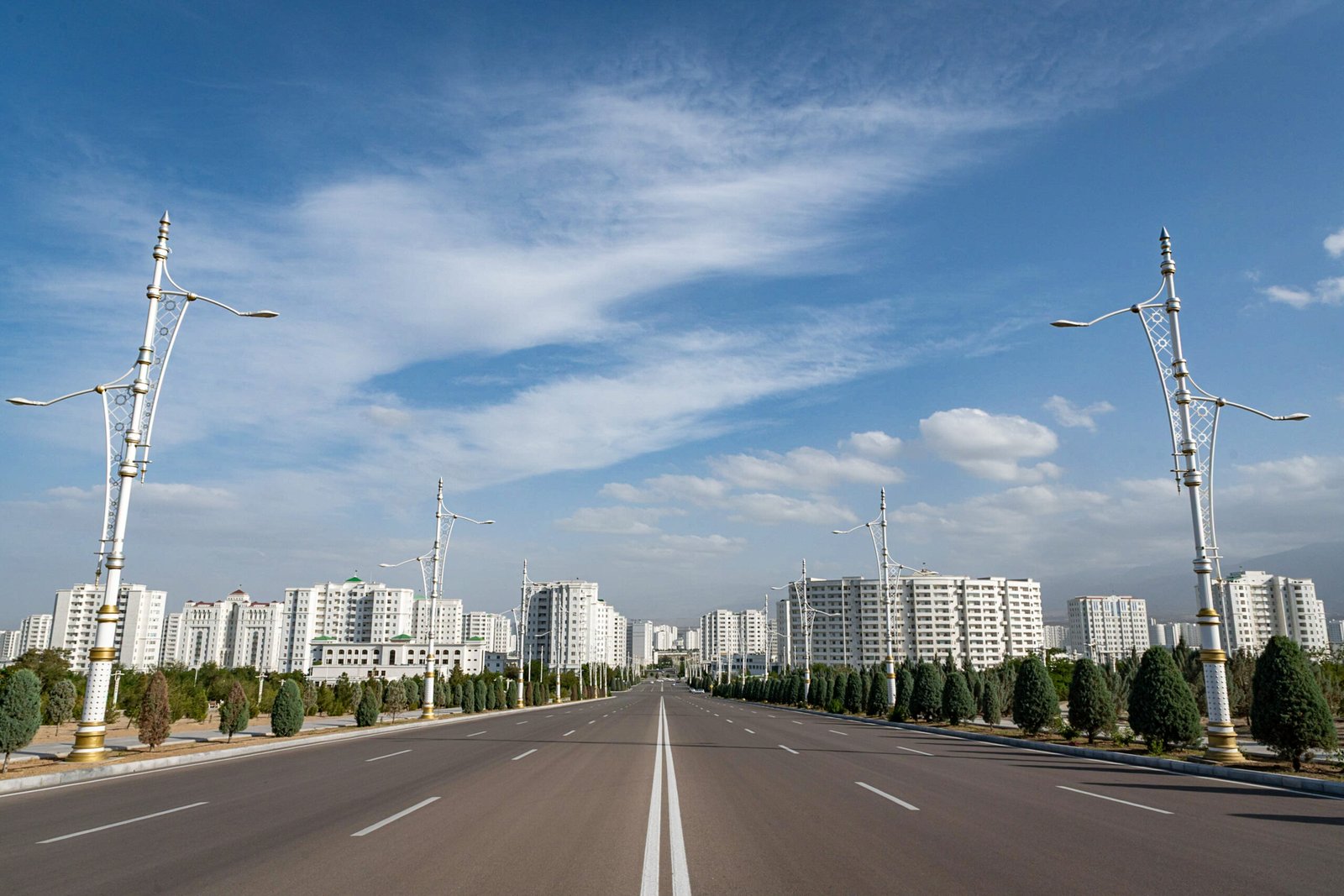
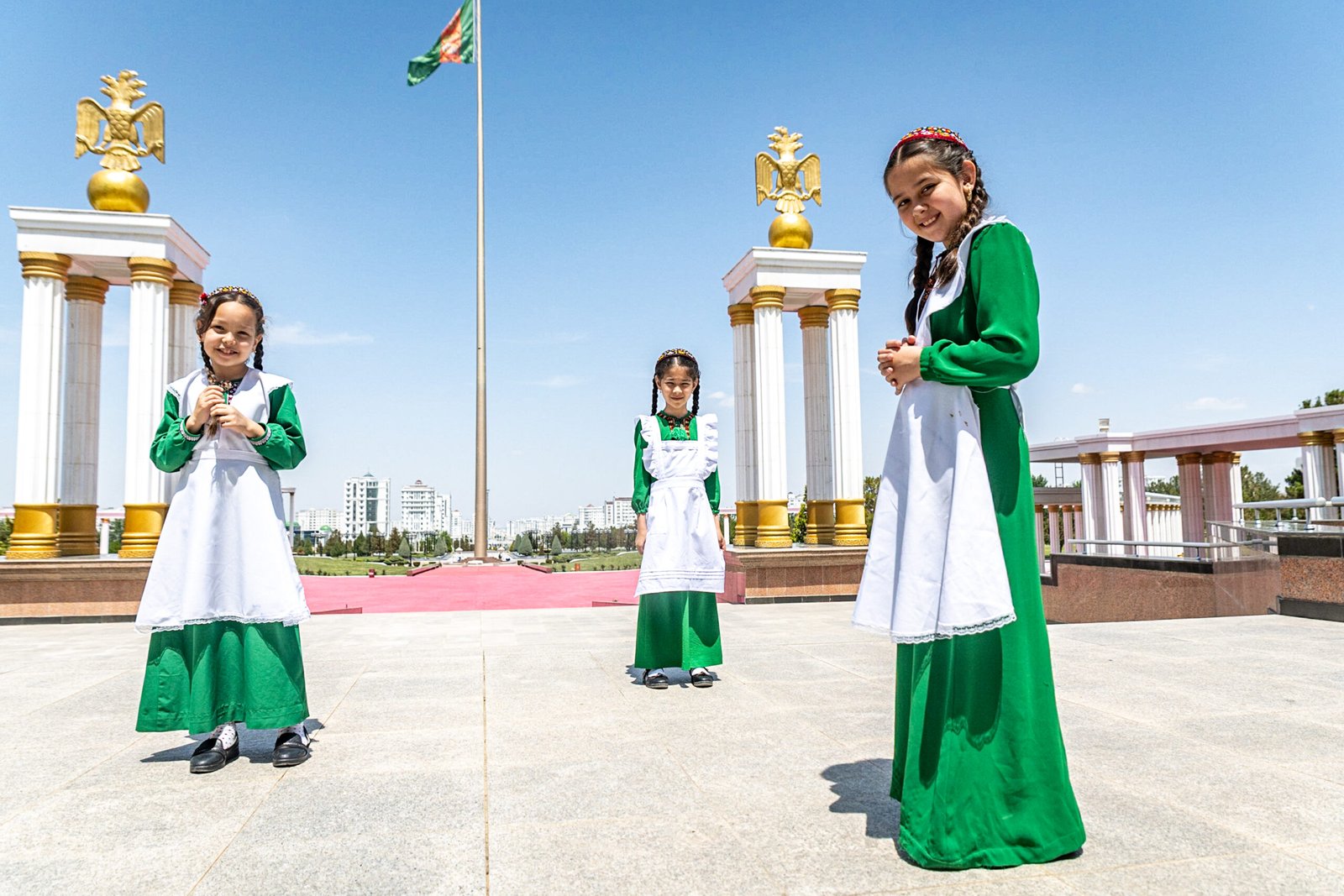



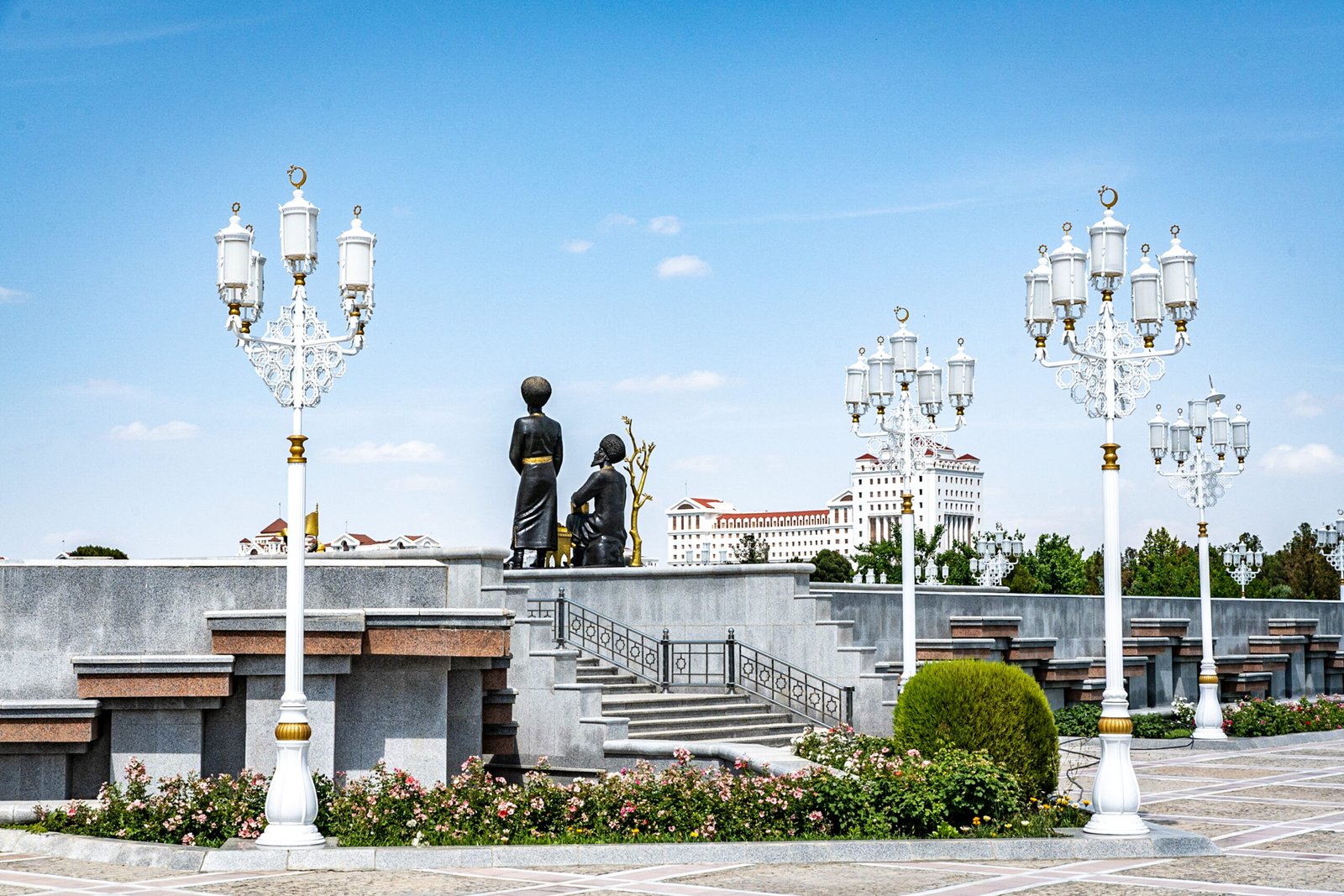

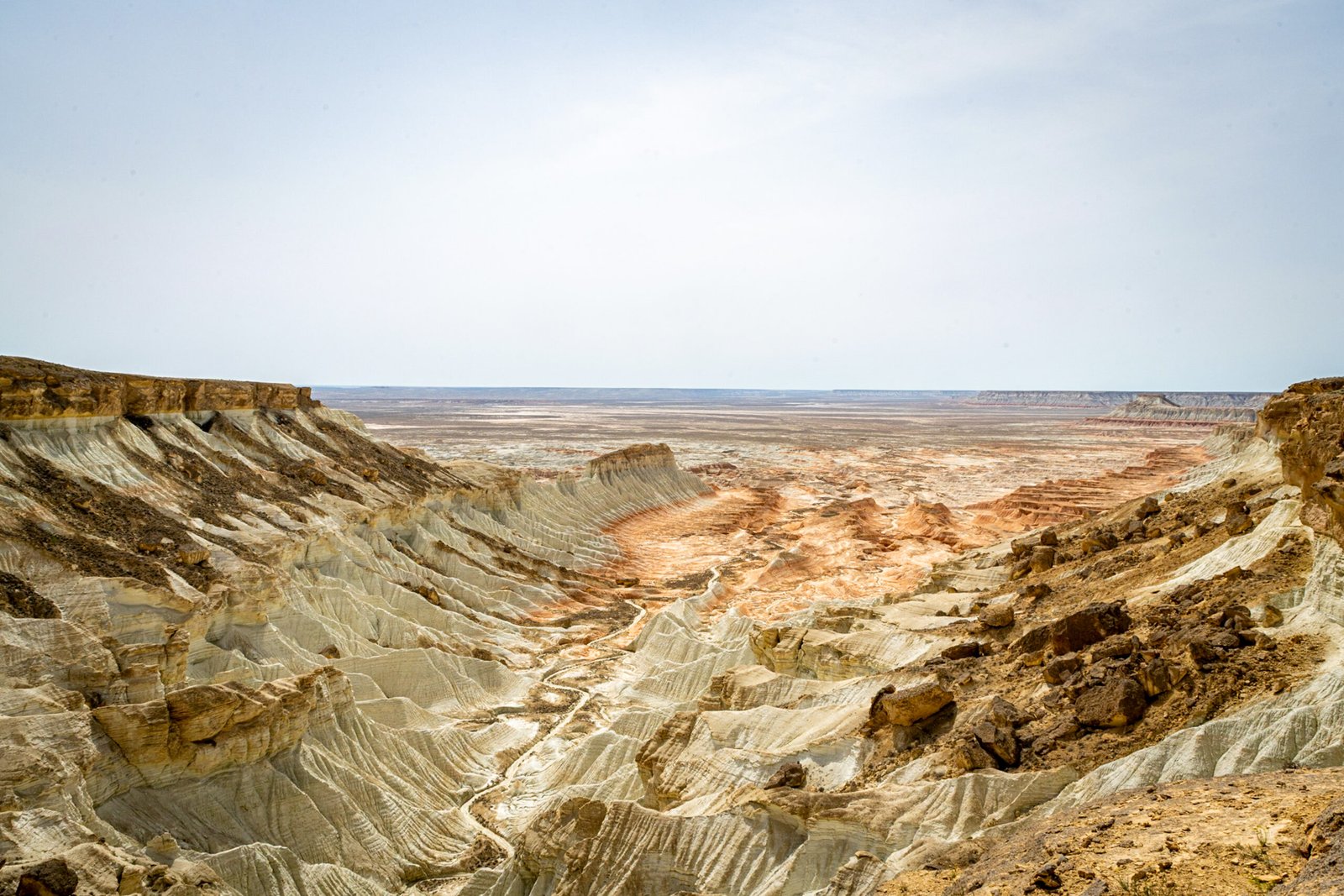
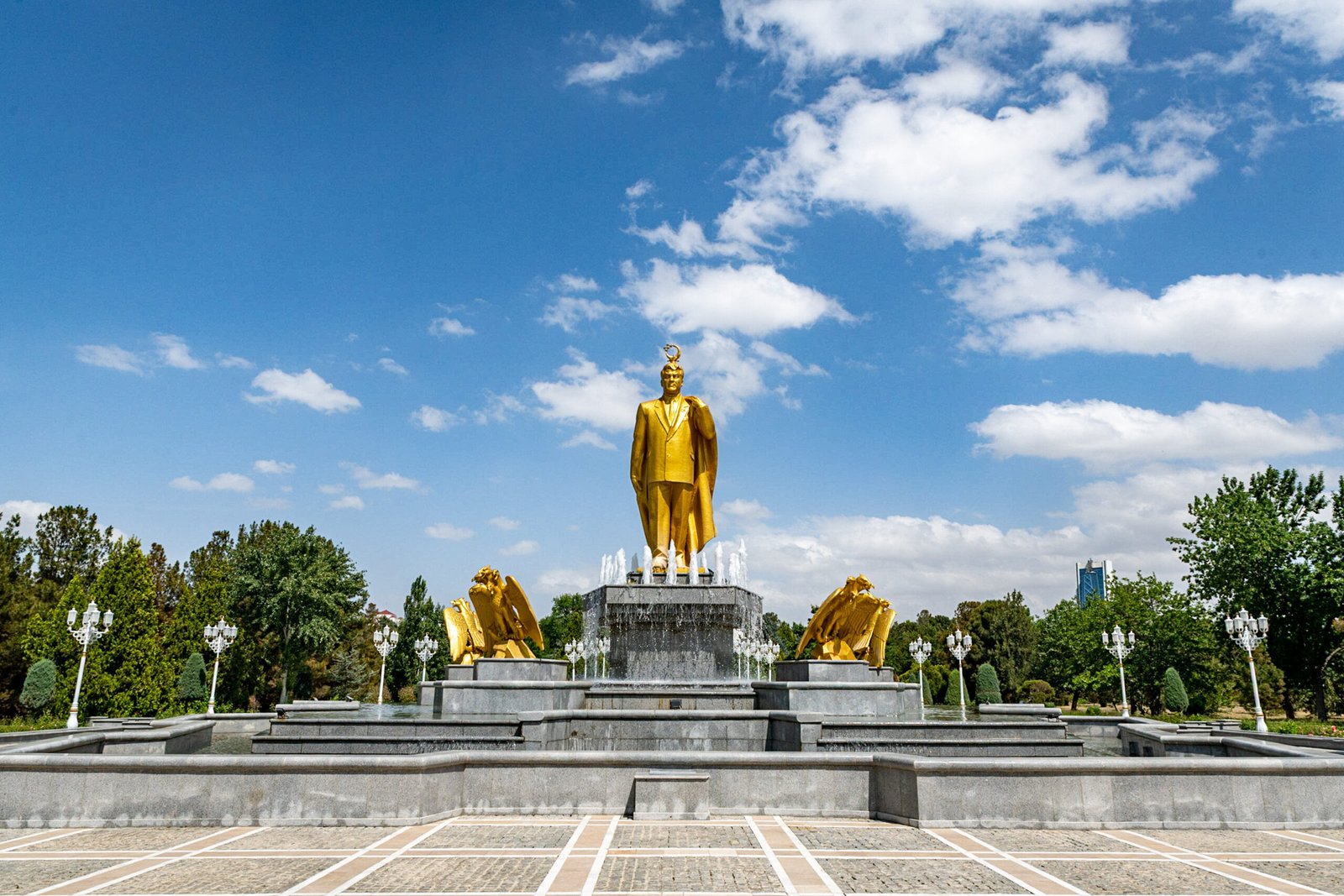


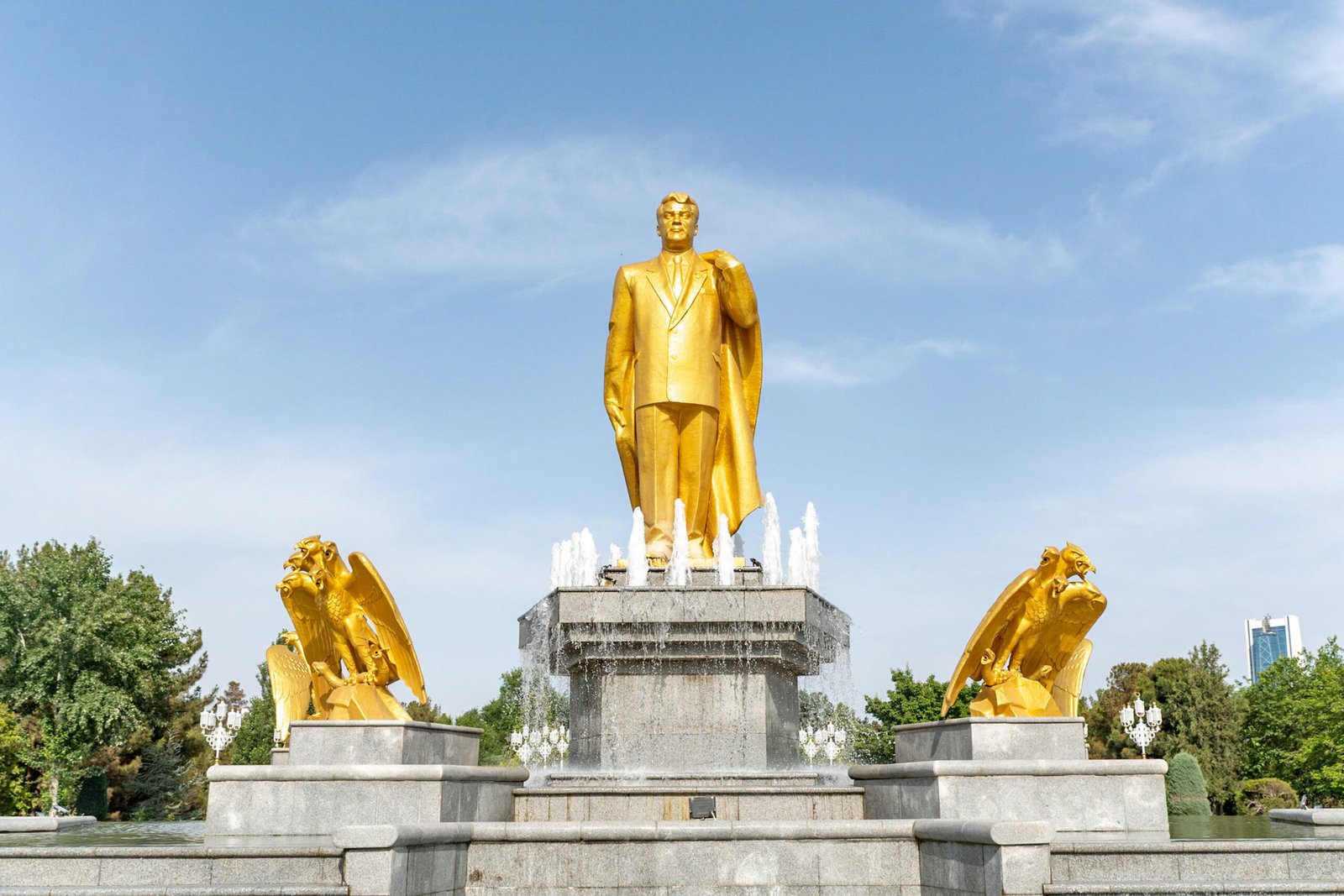

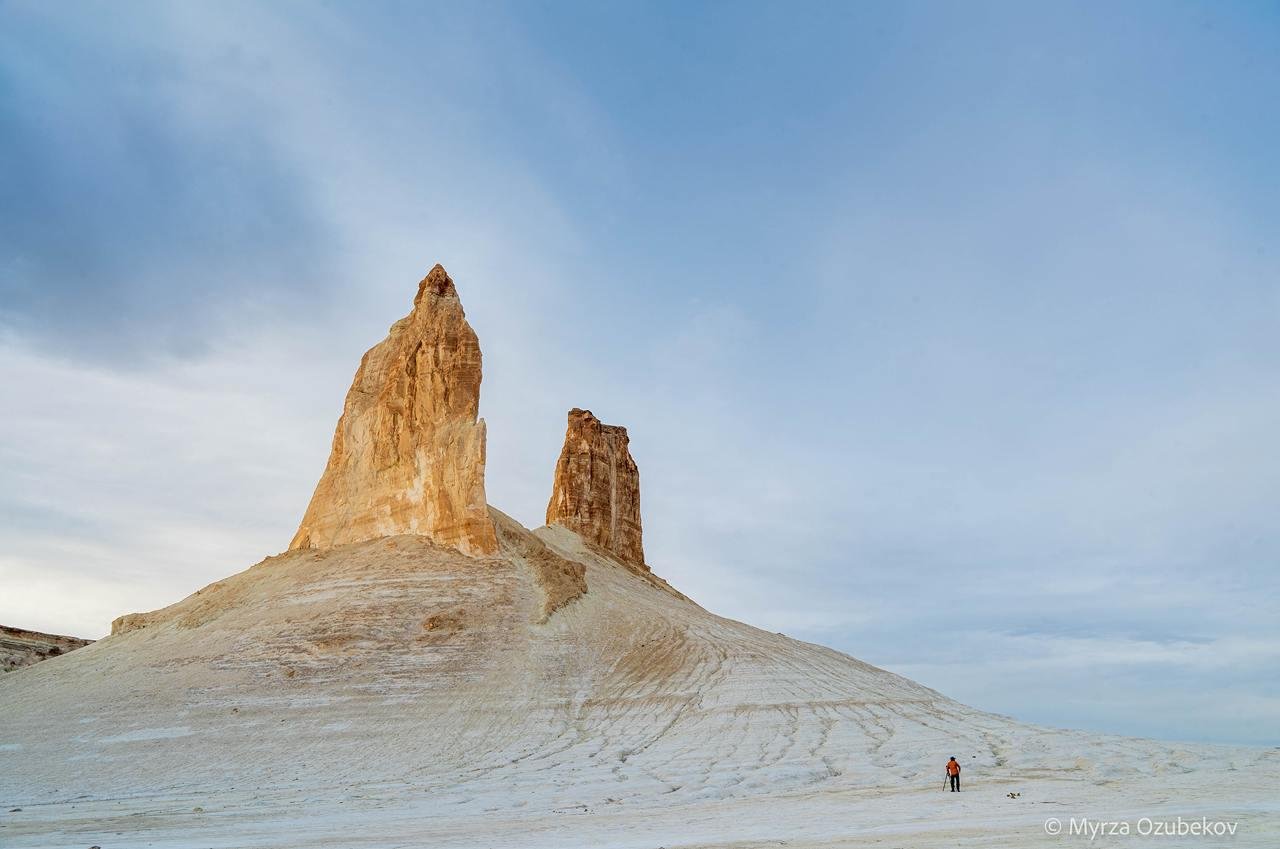
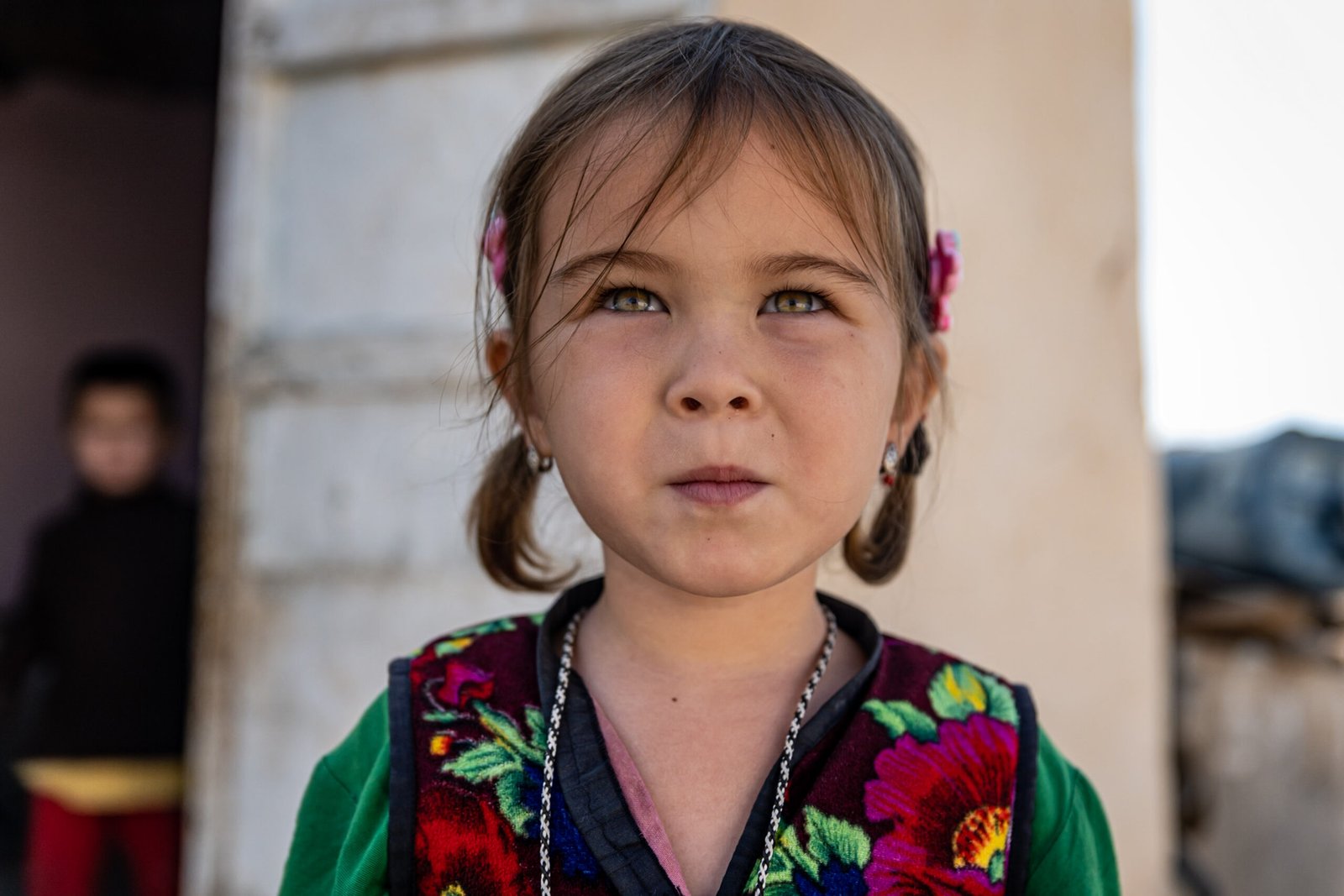
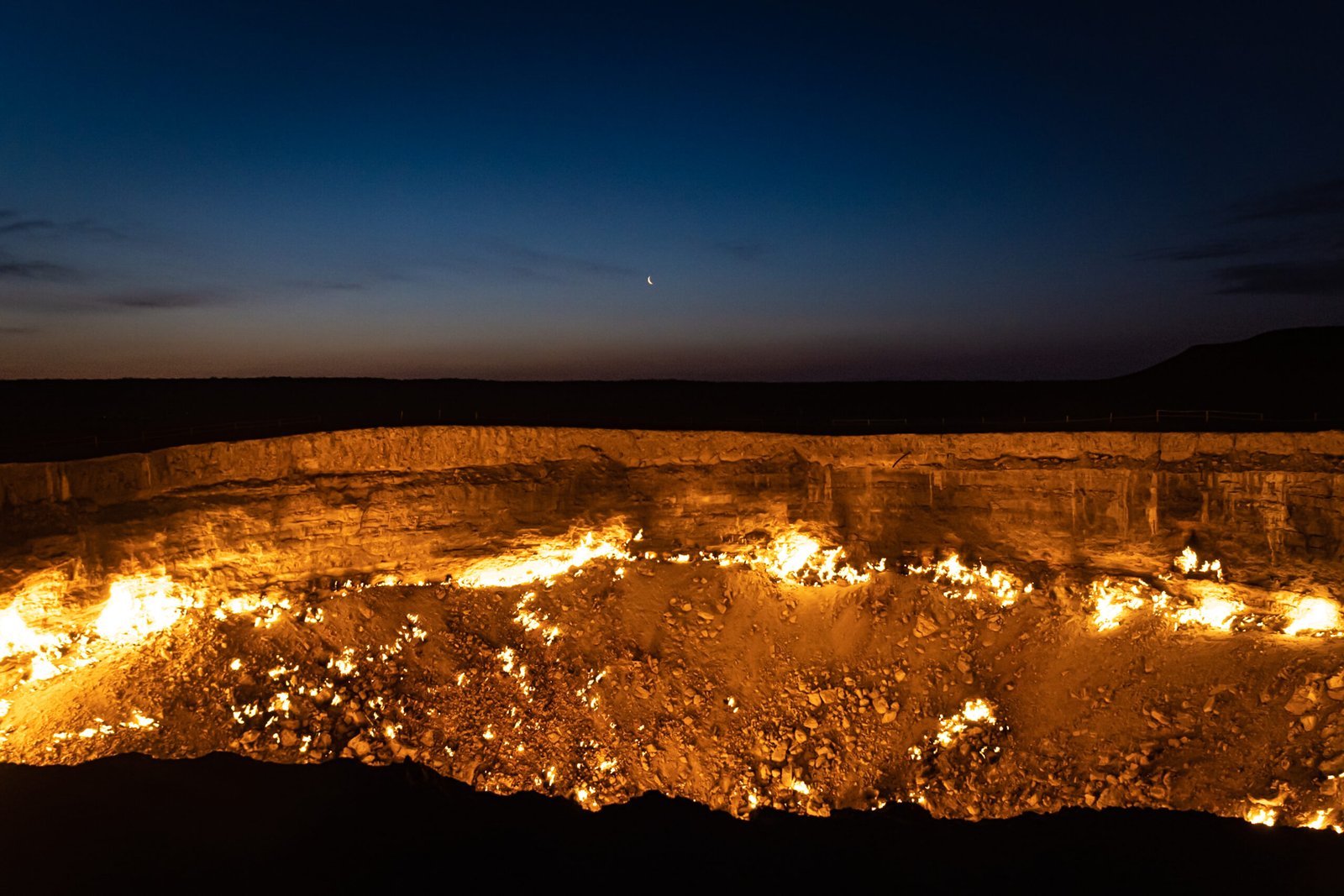

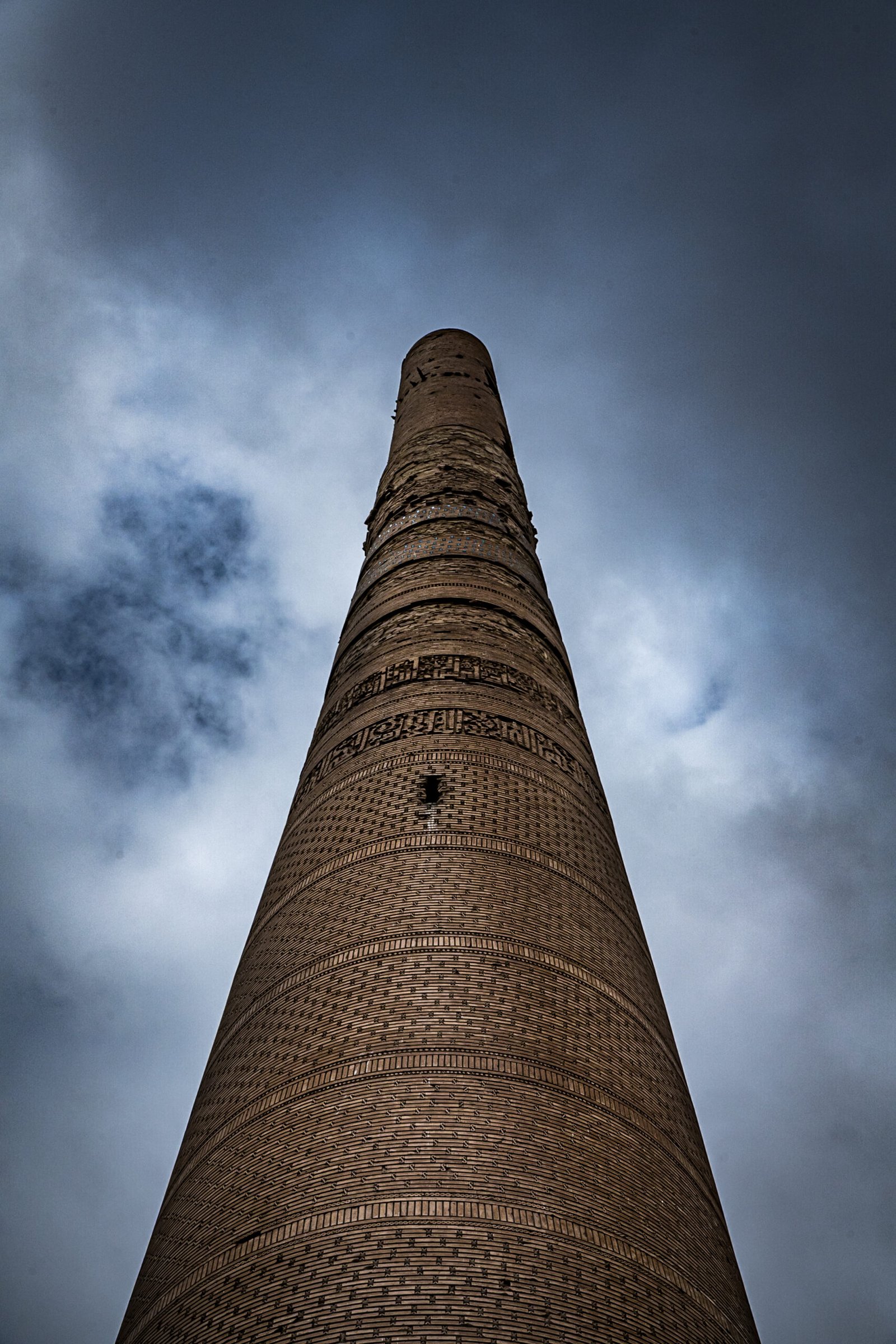
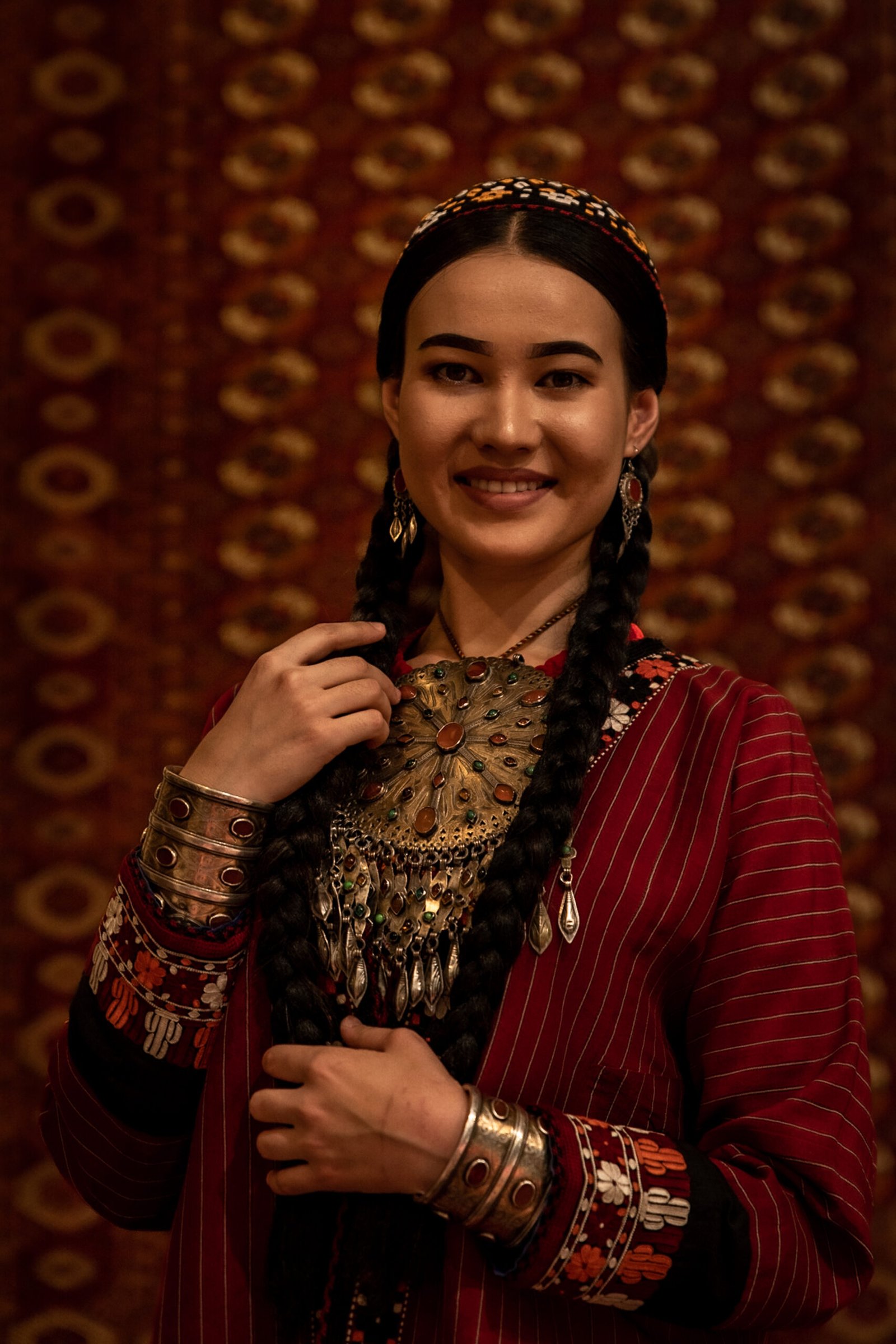

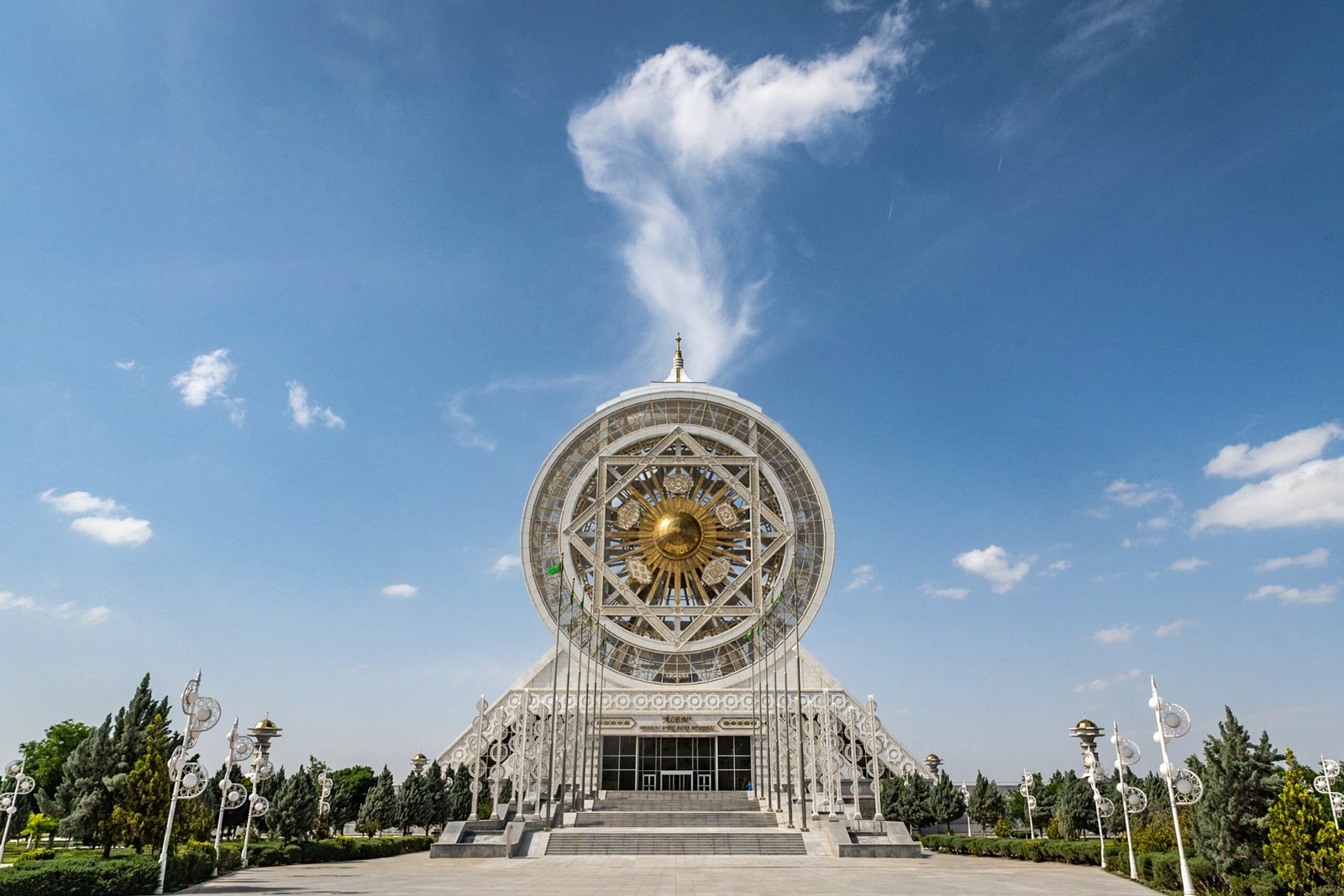
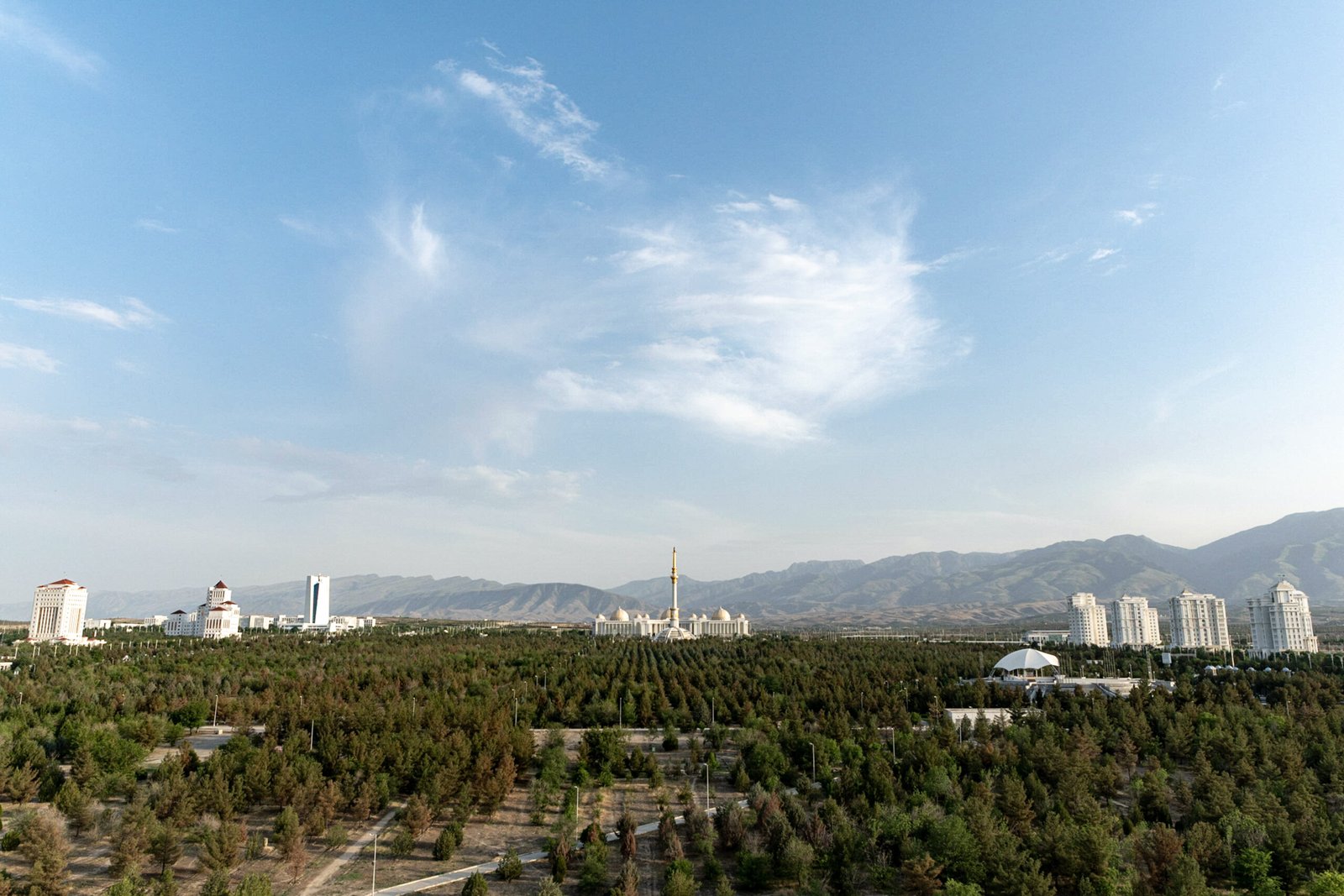
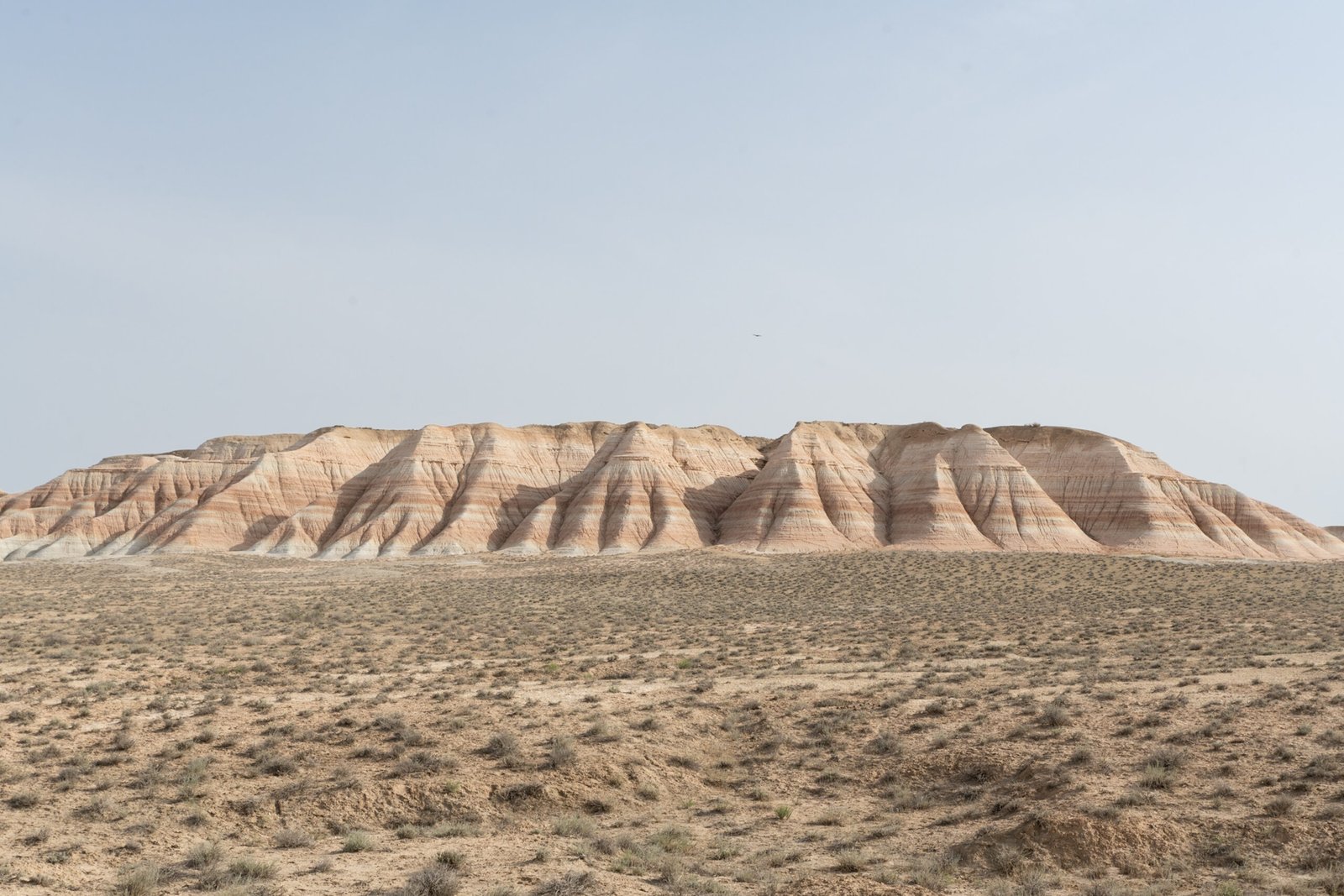

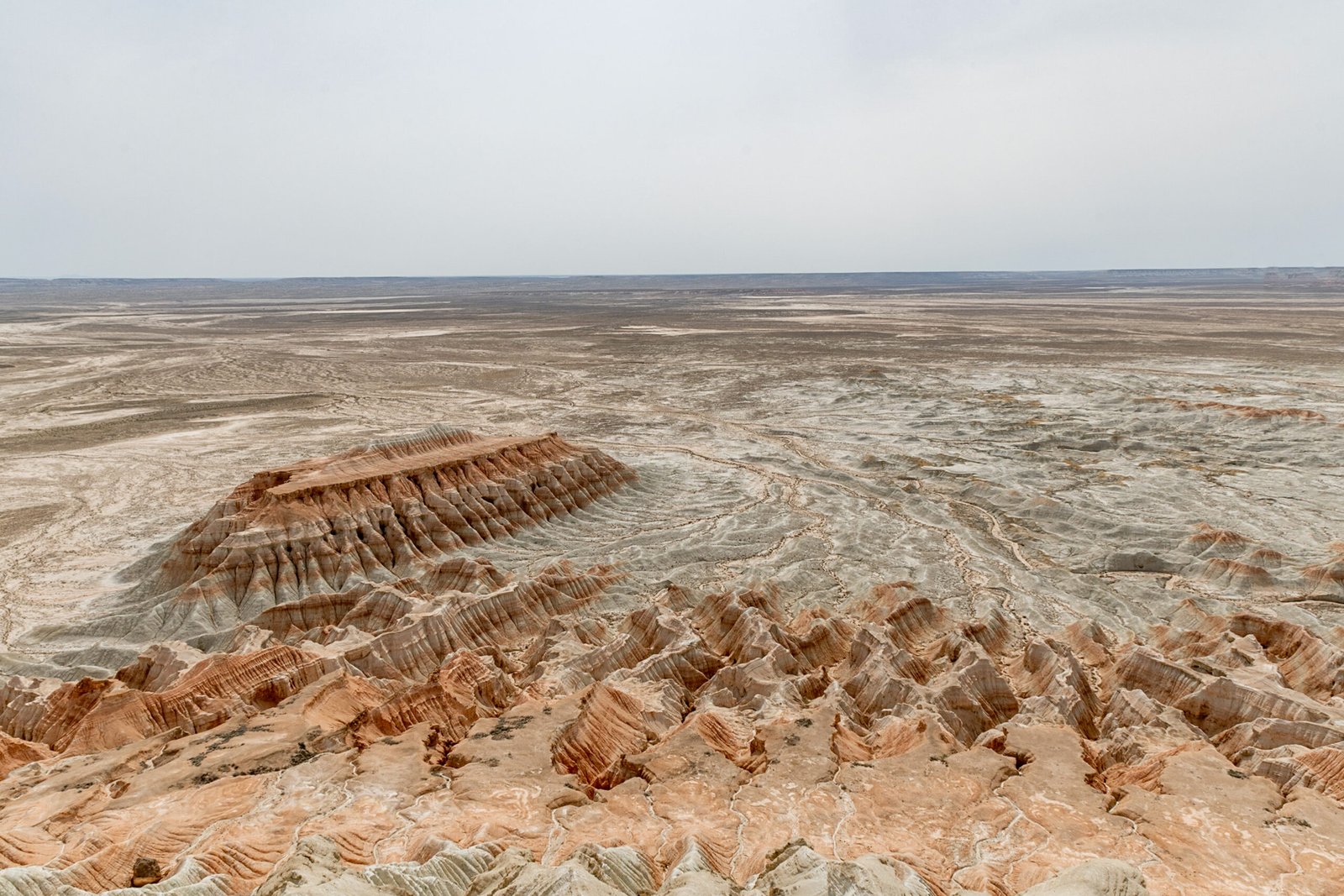

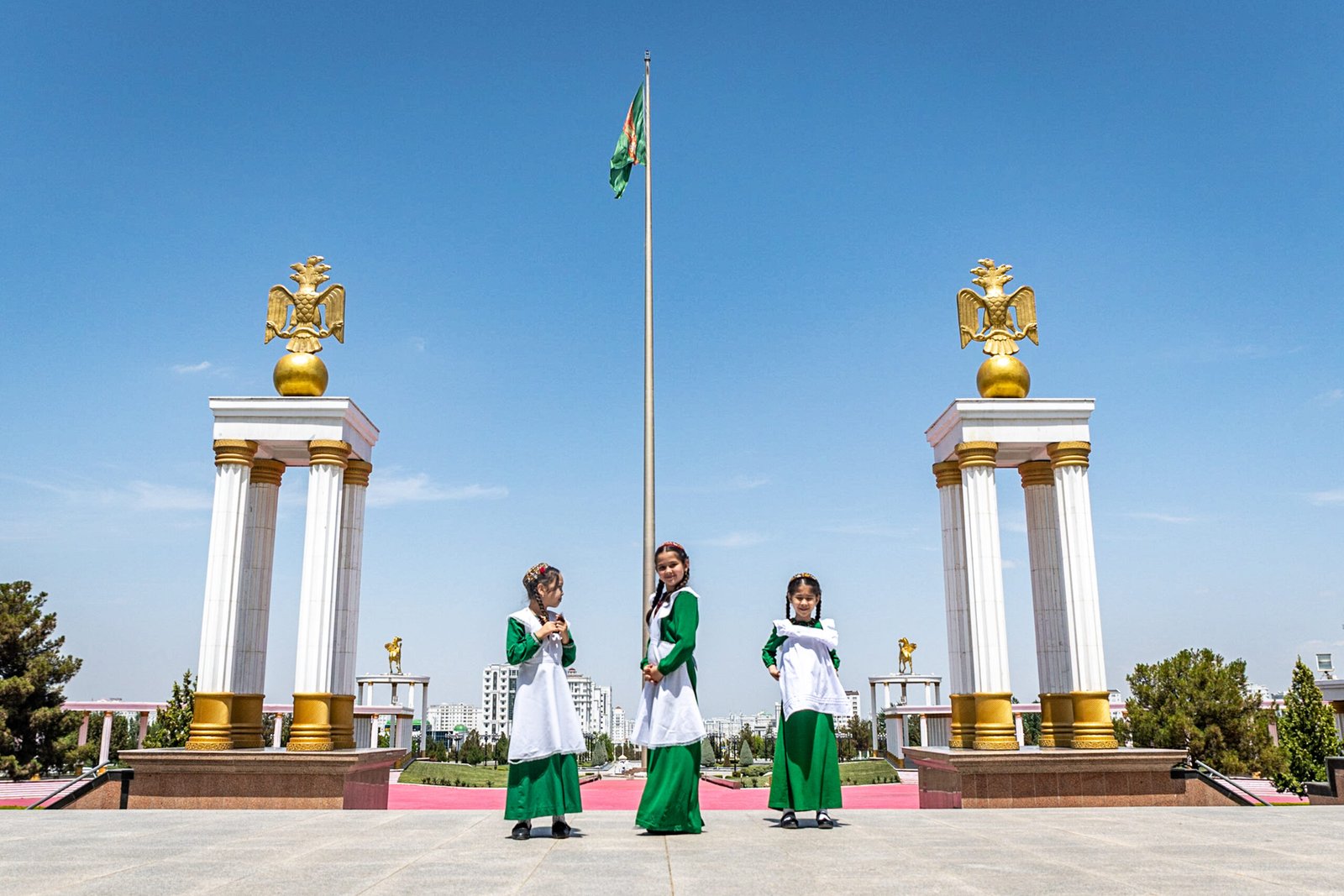

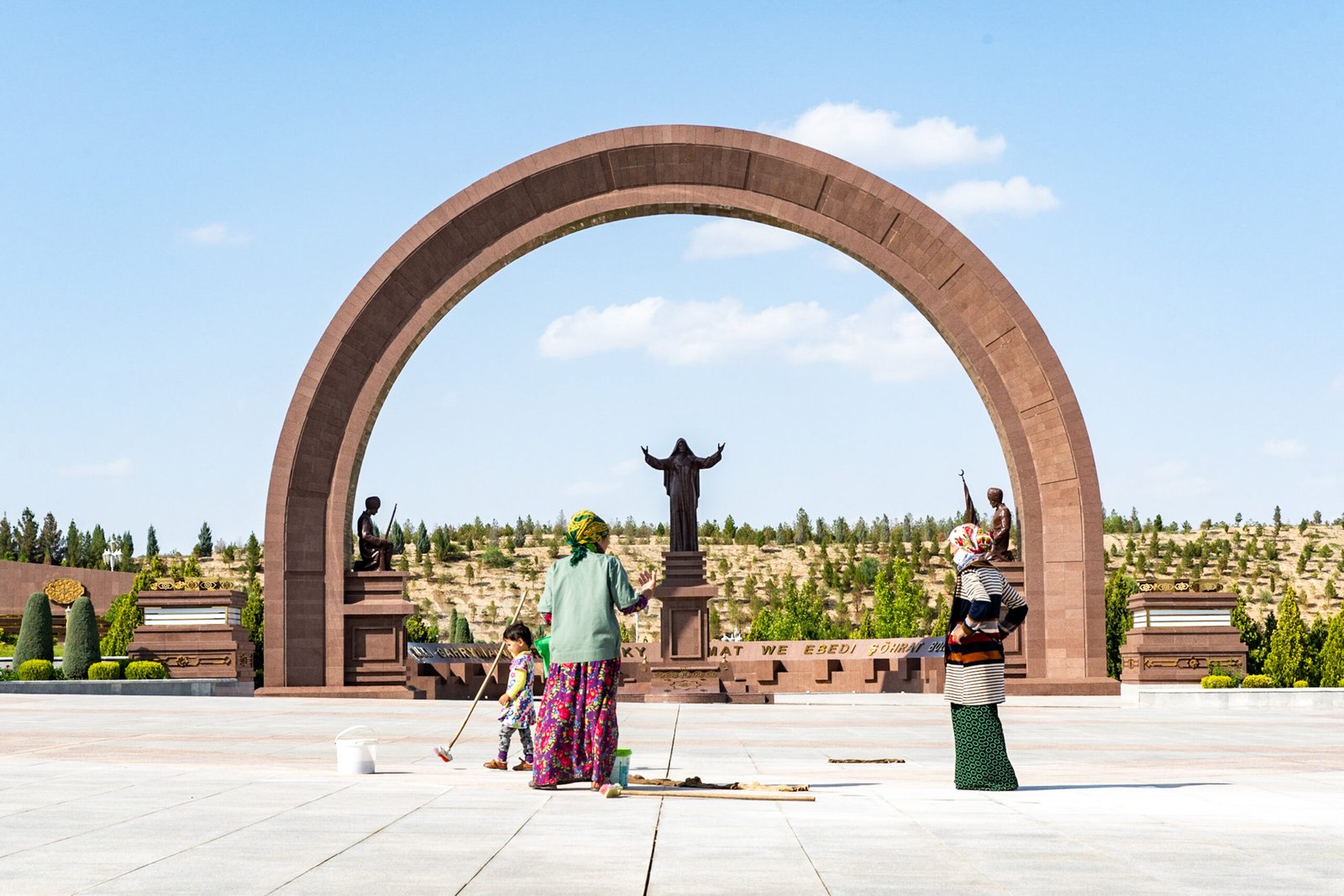
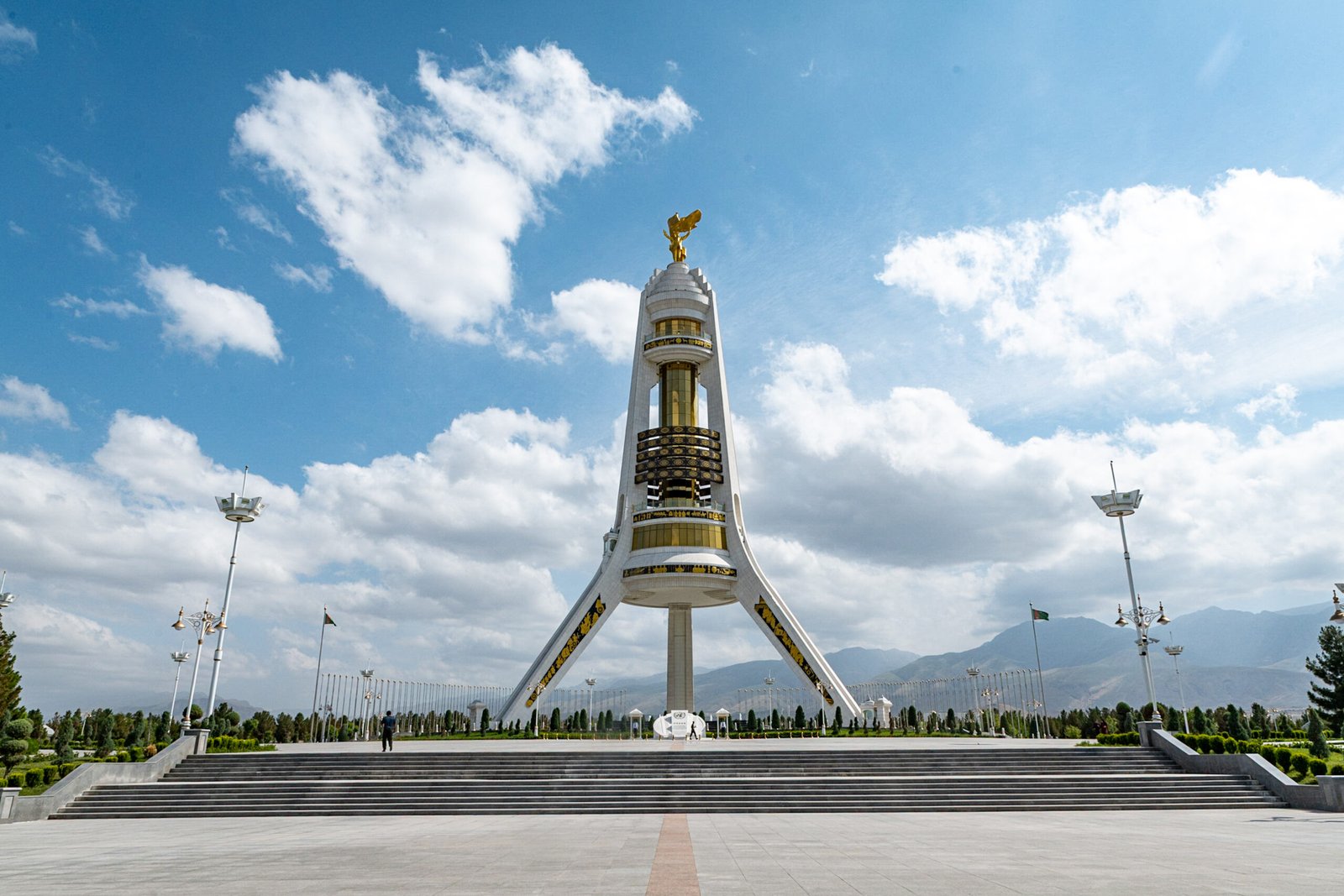



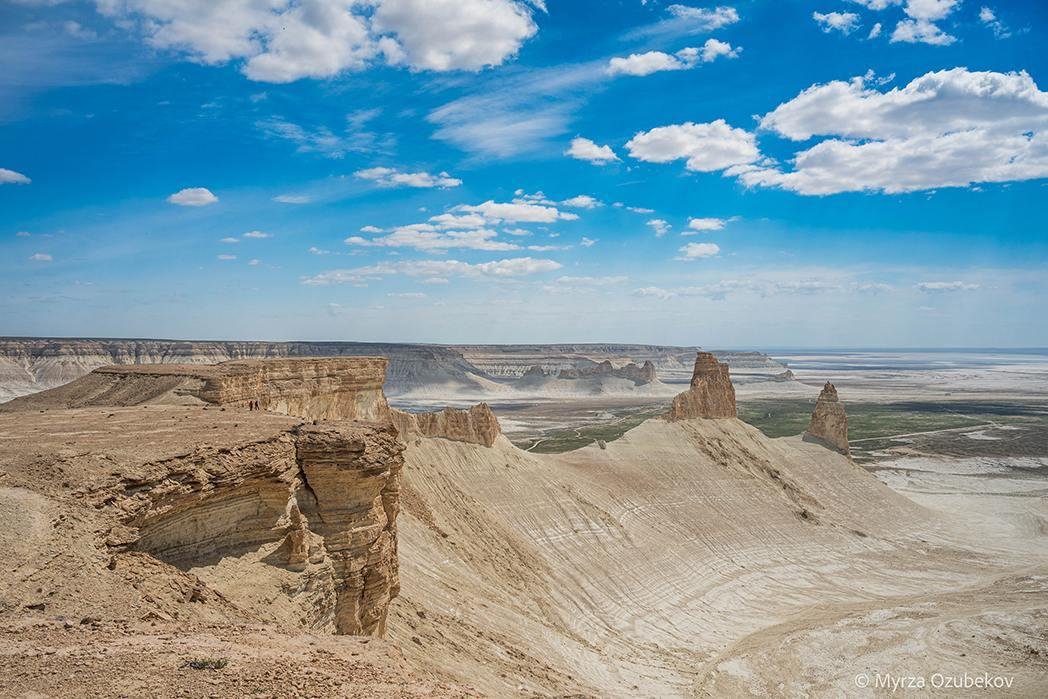
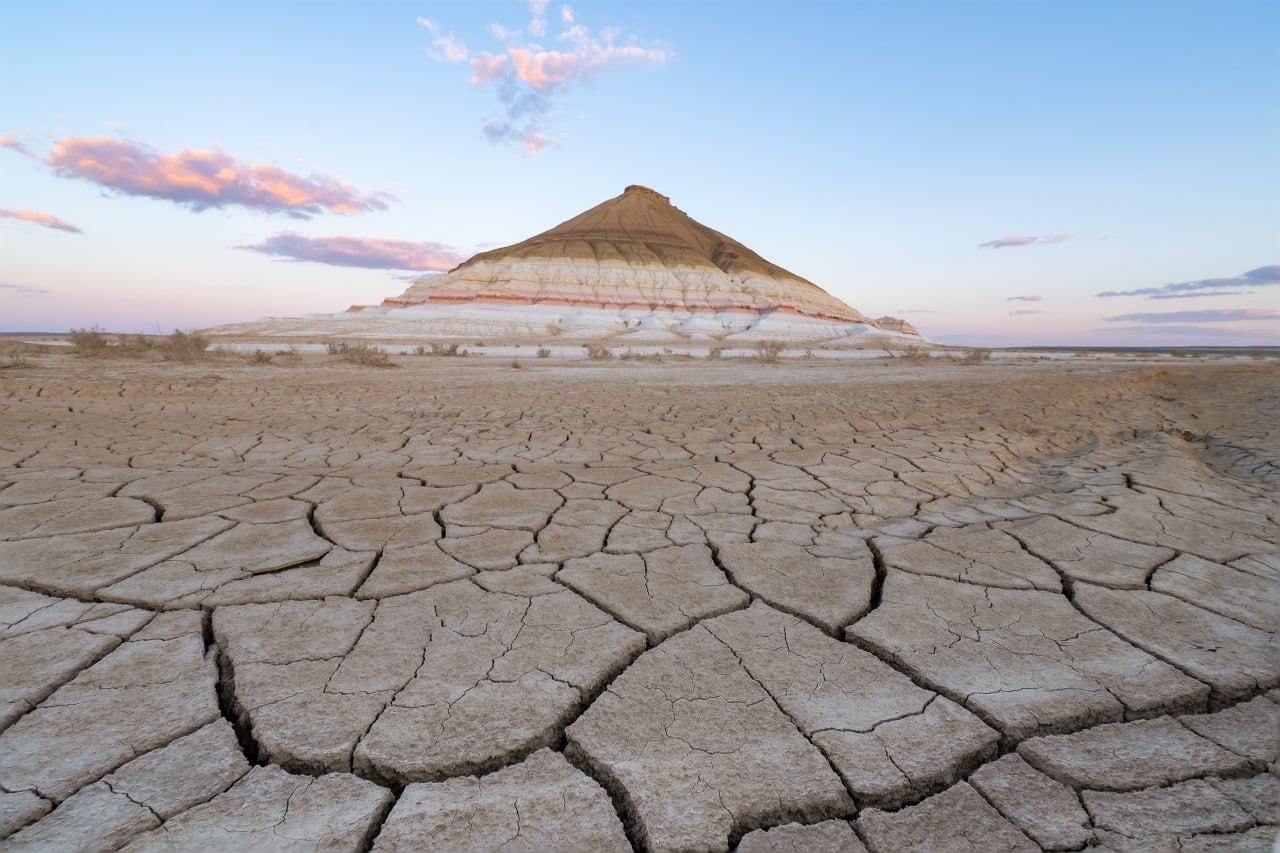
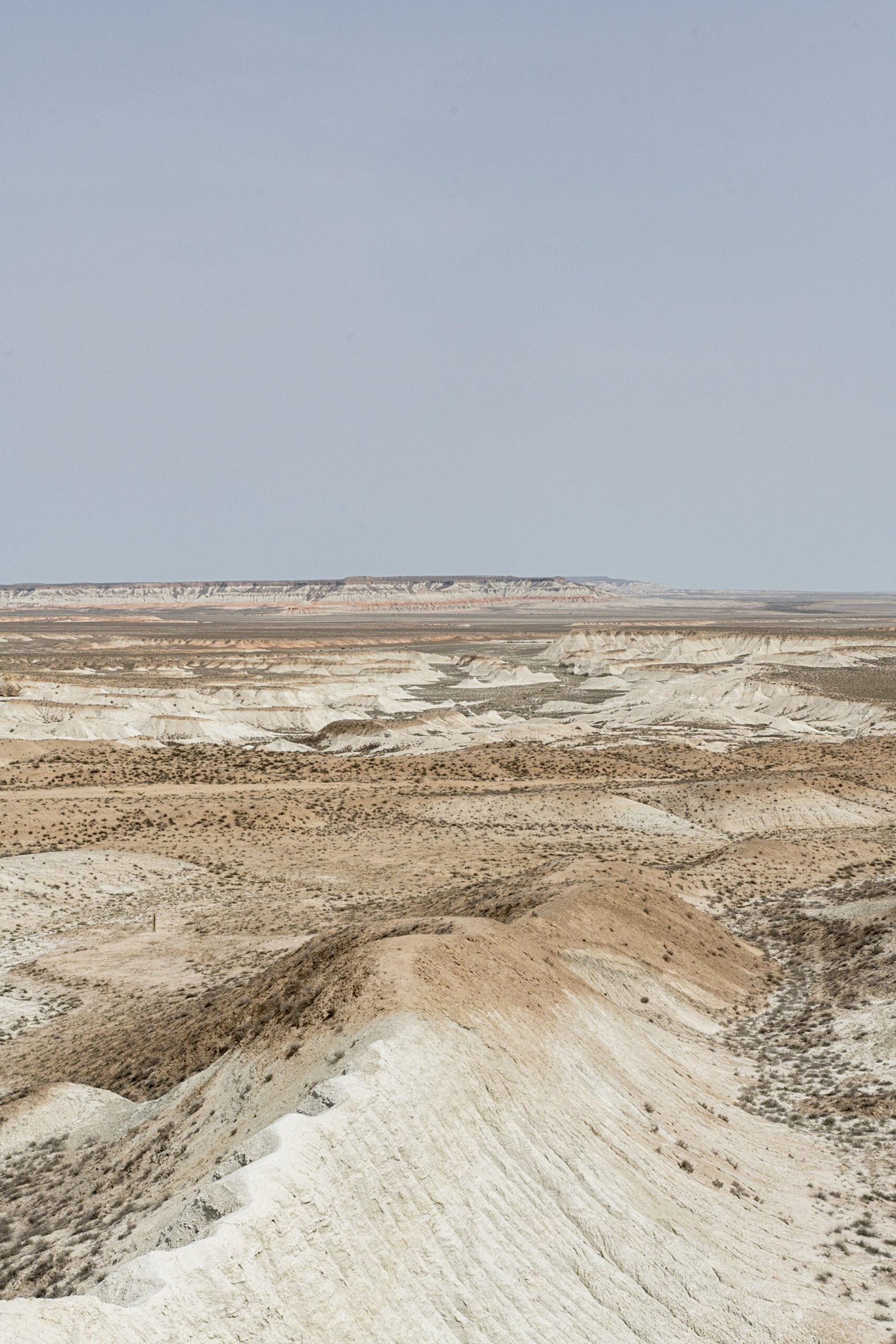

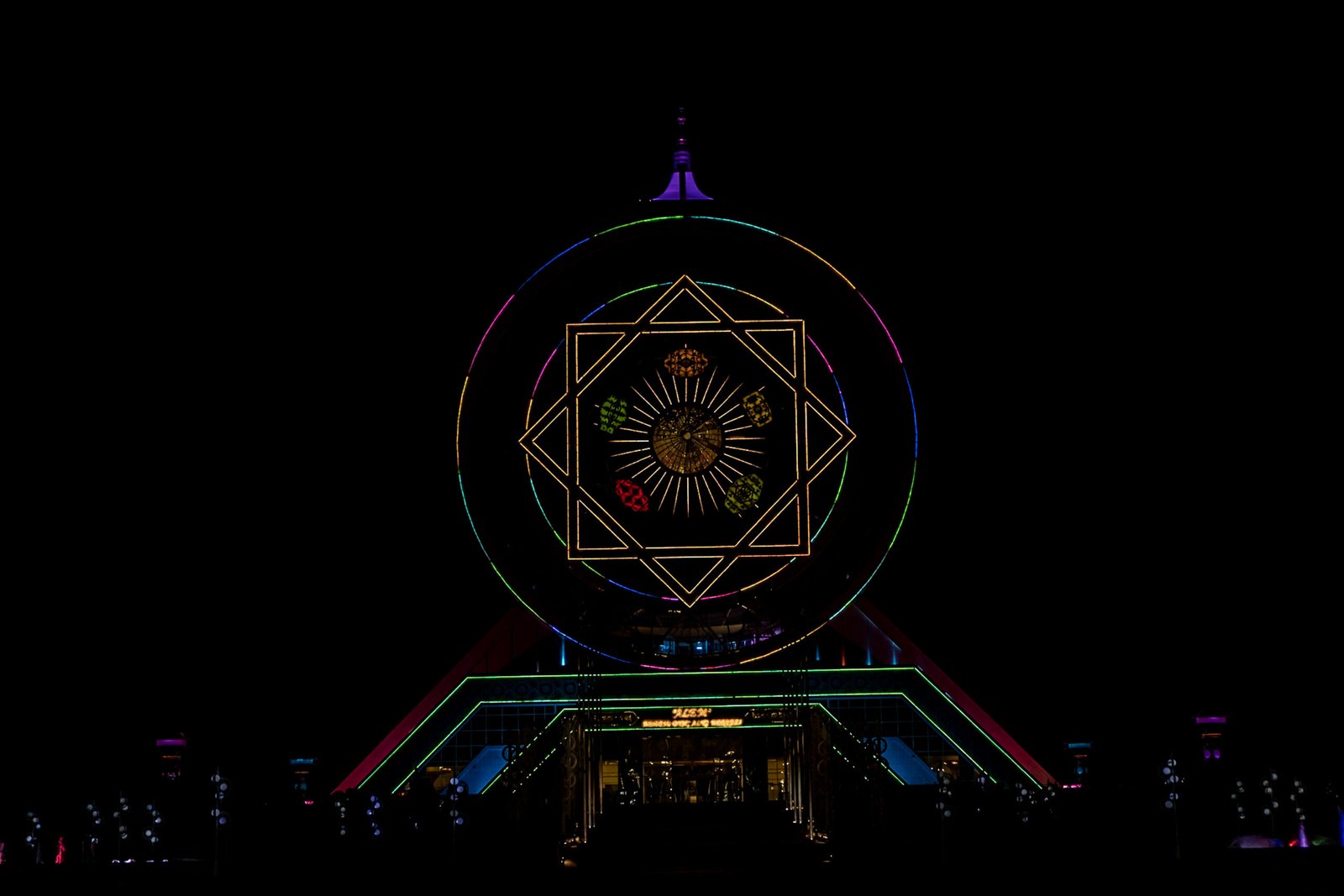
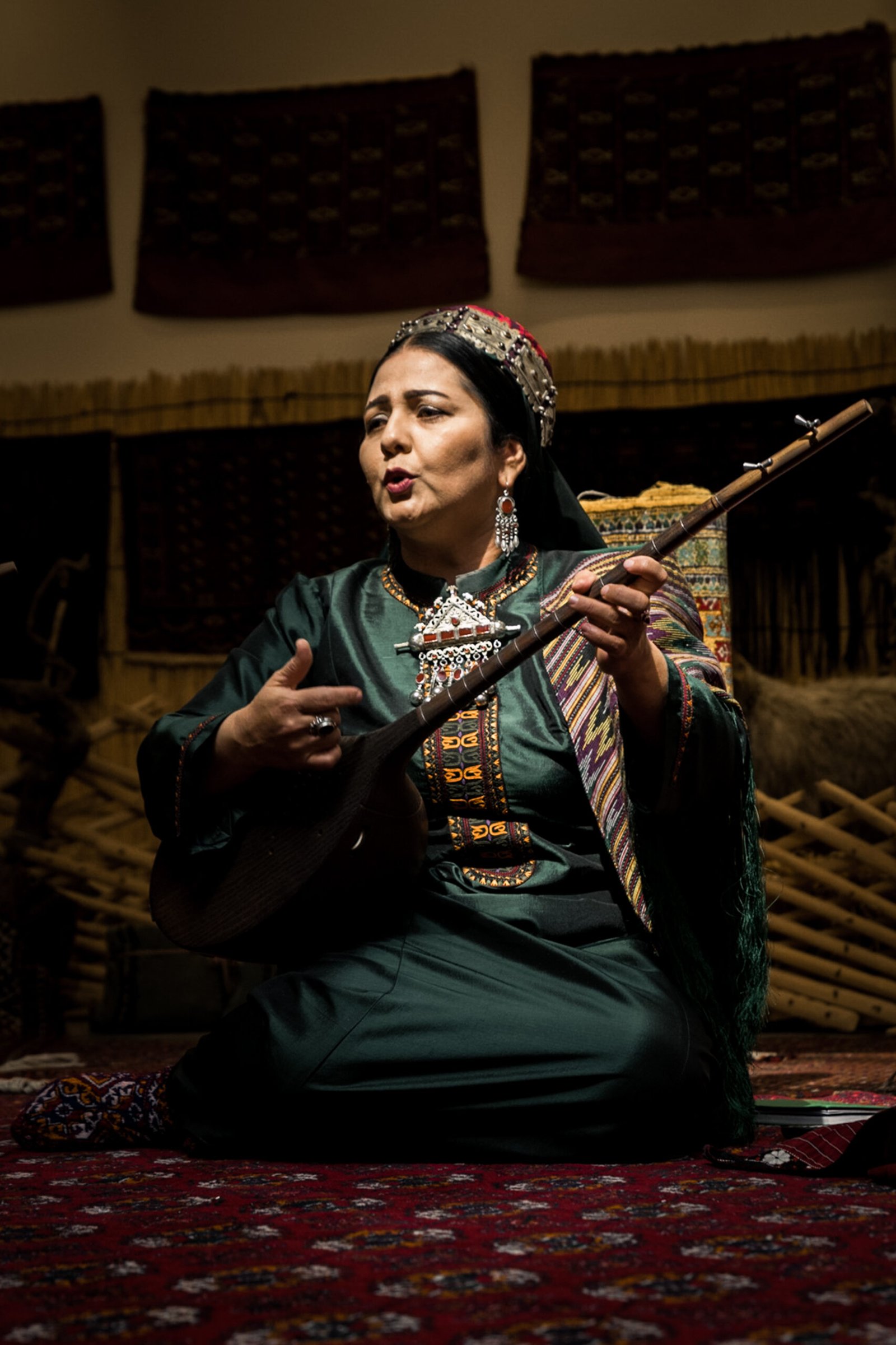
Arrive on the early flight to Ashgabat. A local guide will meet you at the airport and take you to the hotel for a slow morning and some rest. At noon you’ll meet your tour leader and the group, and the journey through Turkmenistan begins.
In the afternoon we head into the Karakum Desert towards the Darvaza Gas Crater — a giant burning sinkhole that’s been blazing for over 50 years. On the way we stop by water and mud craters scattered across the desert plains. It’s a good first glimpse of the vast steppe and the desert nomad life.
We spend the night in the desert, camping in national yurts or private tents. Dinner is a simple barbecue under the stars, with the glow of the crater lighting up the horizon.
Accommodation: camping or yurts in the Karakum Desert
Meals: breakfast and dinner
We start the morning with a simple picnic-style breakfast in Darvaza before driving back to Ashgabat. In the afternoon, we head out for a city tour to get a feel for the capital’s surreal mix of marble, monuments and empty boulevards.
We pass the Wedding Palace, the futuristic Yyldyz Hotel, the indoor Ferris wheel, the Constitution Monument, the Arch of Neutrality and the big ceremonial parks around Independence Square. We also visit the Ertogrul Gazi Mosque and the Halk Hakydasy Memorial Complex.
Accommodation: hotel in Ashgabat
Meals: breakfast
After breakfast at the hotel we set off early towards Nokhur, a mountain village tucked inside a small valley in the Kopet Dag range. Apart from one main road, the streets are narrow and squeezed between high stone walls. The Nohkuri people who live here have their own distinct traditions, quite different from other Turkmen groups.
Local stories say this was where Noah’s Ark once anchored, releasing animals and seeds into the world. The nature around the village does feel different — greener, quieter, more sheltered. We visit the great tree, one of the isolated cemeteries marked with wooden posts topped with mountain goat horns, and the wish tree dedicated to Kyz Bibi.
In the afternoon we continue towards Karakala through the Sumbar Valley. This area is part of the Syunt-Khasardag Nature Reserve, home to dry-subtropical mountain ecosystems, 37 species of mammals and over 200 species of birds. The flora here is rich and includes many endemic plants.
We then pass the so-called Moon Mountains, a surreal palette of yellow hills, grey ridges and distant blue peaks, a landscape that looks almost extraterrestrial.
Accommodation: hostel in Gyzylarbat
Meals: breakfast
After breakfast at the hostel, we hit the road towards the western regions of the country, passing through Balkanabat, the regional capital. From here we continue into one of Turkmenistan’s most dramatic landscapes — the Yangykala Canyons.
Yangy kala means “fire fortress”, and it fits. The cliffs rise in layers of white, yellow, ochre, purple and red, shaped by years of wind and rain into forms that look straight out of a fantasy novel. We spend time exploring the viewpoints and walking along the edges to take in the scale of it all.
We stay until sunset, when the colours turn even deeper, and then continue to Turkmenbashi for the night.
Accommodation: hotel in Turkmenbashi
Meals: breakfast
Breakfast at the hotel, then we set off towards the Turkmen–Kazakh border. The drive takes us along the Garabogaz area, a long saltwater inlet that separates the Caspian coast from the open steppe.
After crossing the border we continue to Zhanaozen, where we switch vehicles and carry on to Aktau, the main city on Kazakhstan’s Caspian shore.
Accommodation: hotel in Aktau
Meals: breakfast
After breakfast we leave Aktau and head into Mangystau’s raw landscapes, starting with the Kapamsai Canyons — a narrow chalk canyon with 70-metre walls and small niches where alpine birds nest. Deep inside there’s a grotto where rainwater gathers and keeps a small grove of mulberry and hawthorn trees cool even in the heat.
We continue to Shakpak-Ata, the most impressive underground mosque in the region, carved into a cliff and thought to date back to the 10th century. After exploring its cross-shaped chambers and weathered inscriptions, we move on to Shakpakatasai — the Dragon’s Tail canyon, named for its twisted layers and bright colours. We’ll stop here for a picnic with views of the Martian-like landscape.
In the afternoon we visit Torysh, the Valley of Balls, a field of huge spherical rock formations tied to local legends, and then Kok Kala Gorge, where colourful Jurassic layers are exposed in the cliffs. By the end of the day we reach the village of Kogez, where we settle into a guesthouse and get a small glimpse of local daily life.
Accommodation: guesthouse in Kogez
Meals: breakfast, lunch and dinner
After breakfast we head out to Ybykty Sai, a paleogenic canyon known for its porous sedimentary rocks and soft pastel colours. It’s a short walk but a striking one, with eroded walls that reveal layers shaped over millions of years.
From here we continue to Sherkala — the “Lion of the Rock”. This 300-metre limestone monolith rises out of the plateau like a natural fortress, and depending on the angle it can look like a huge yurt or a crouching animal guarding the steppe. It’s one of Mangystau’s most iconic formations and a good place to feel the vastness of the landscape.
We then make our way to Airakty, also known locally as Shomanai. Its jagged silhouettes and towers earned it the nickname “Valley of the Castles”, a name first written down by the Ukrainian poet Taras Shevchenko during his exile in 1851. After exploring the area we return to Kogez for another quiet evening in the village.
Accommodation: guesthouse in Kogez
Meals: breakfast, lunch and dinner
After breakfast we drive through another stretch of the Valley of Balls, scattered with giant spherical rock formations, before heading towards Tuzbair Gorge — one of the most remote and striking areas of the Ustyurt Plateau. From the top of the white cliffs, the airflow creates an odd acoustic effect where sounds bounce back towards you.
Tuzbair is a mix of chalk steps, clay-limestone terraces and a wide salt flat known locally as a sor. The Cretaceous layers are cut by deep channels and gullies that form long rows of natural columns, and at the base of the cliff there’s a huge semi-arch carved entirely by wind erosion. After the rains, the salt flat fills with water and becomes a natural mirror reflecting the sky and the pale rock formations.
We end the day at the foothills, where we camp under the stars in one of the most peaceful parts of Mangystau.
Accommodation: guesthouse or camping (depending on conditions) near the Tuzbair Gorge
Meals: breakfast
Today we continue by jeep into the Bozshira area, one of Mangystau’s most iconic landscapes. The snow-white plain stretches out beneath sharp rocky peaks that glow under the sun, giving the whole place an almost alien feel. All of this is part of the Ustyurt Plateau, once the seabed of the ancient Tethys Ocean.
We drive towards the high viewpoints overlooking the Bozshira cliffs, where the chalk formations drop into wide open space. The contrasting textures and colours — pure white rock, pale dust and endless horizons — make this one of the most memorable stops of the journey.
By late afternoon we set up camp at the base of the cliffs, the best spot to appreciate the soft evening light and the Martian-like scenery around us.
Accommodation: wild camping in Bozshira Plateau
Meals: breakfast, lunch and dinner
As we leave camp, Mount Bokty rises ahead of us — a peak whose shape shifts depending on where you stand. From the south it looks almost like a pyramid. We continue towards Kyzylkup, a formation with pale white and soft pink sediment layers that make it look a bit like a slice of strawberry millefeuille.
We stop for lunch at the foothills of the Kyzylkup canyons, an area known for its exposed fossils and eroded shapes. It’s a quiet, open landscape with a lot of geological history visible in the rock.
In the afternoon we make our way back to Aktau, crossing the Karagiye Depression. Here the land drops gradually until it reaches 132 metres below sea level — one of the lowest points on the planet. The valley is covered with white stones shaped by time and scattered marine fossils, while the plateau above shows simple limestone structures left by wind and erosion.
Accommodation: hotel in Aktau
Meals: breakfast
After breakfast, enjoy a bit of free time before your transfer to Aktau Airport. See you soon — we hope you had a great time exploring Turkmenistan and Kazakhstan with us!
Accommodation: –
Meals: breakfast
We are calculating the carbon footprint of this tour.
We take responsibility for this impact — and we’re working to reduce it further.
Want to learn more or contribute for your flights too? Visit our sustainability page.
You have successfully joined our subscriber list.
Made with love © Tânia Neves, 2025
